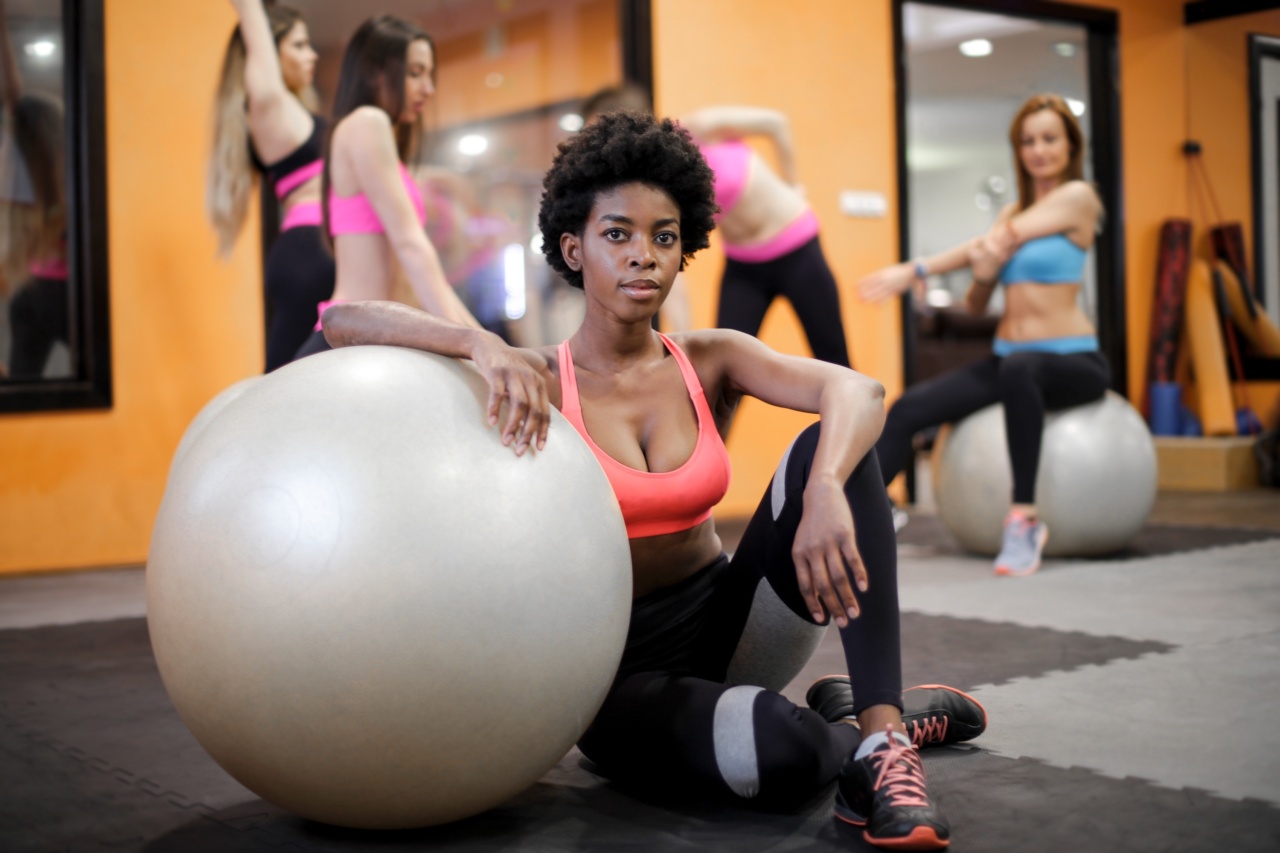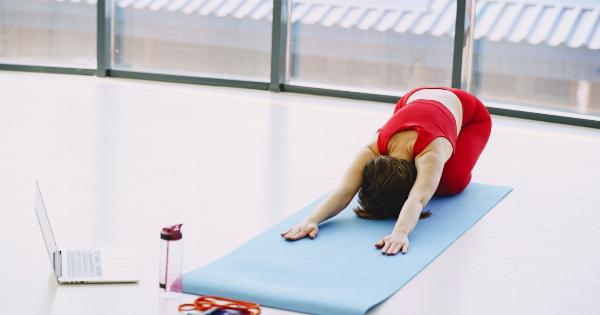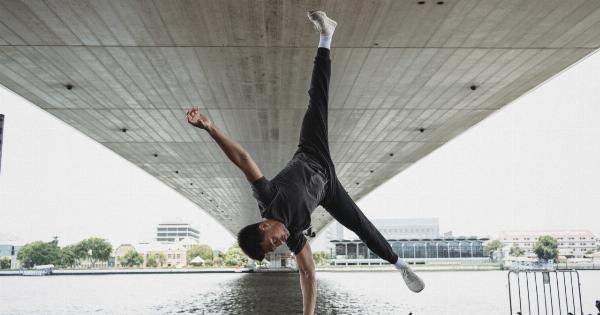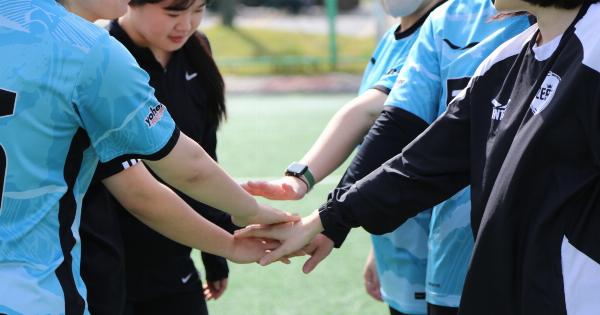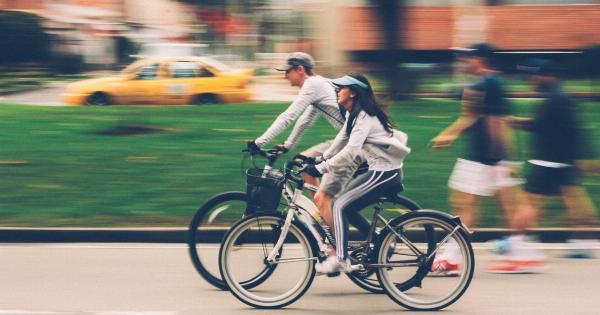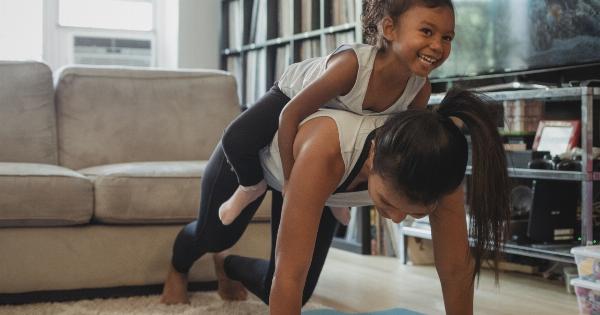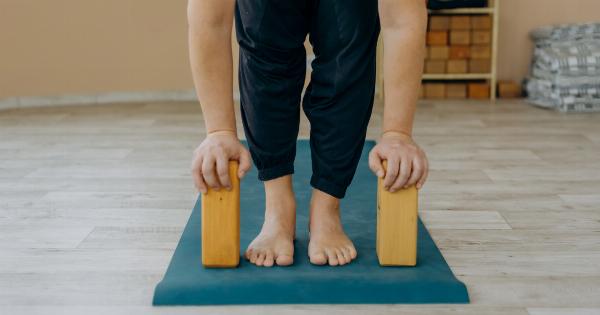Lack of Time
Injury Risks
Lack of Proper Training
Inconsistent Training
Access to Training Facilities
Lack of Motivation
Mental and Emotional Barriers
Costs
Competition and Pressure
Conclusion
Gymnastics is a sport that requires incredible strength, flexibility, and coordination. It is a highly challenging and demanding activity that promotes physical fitness and overall well-being.
However, achieving optimal physical fitness through gymnastics can be hindered by various obstacles. In this article, we will explore the common obstacles individuals face in their journey towards achieving optimal physical fitness through gymnastics.
Introduction
Gymnastics is a fascinating sport that combines strength, flexibility, and artistic expression. It requires immense dedication, discipline, and hard work to excel in this highly competitive field.
While gymnastics offers numerous benefits for physical fitness, there are several obstacles that individuals may encounter along the way.
Lack of Time
One of the major obstacles faced by individuals pursuing gymnastics is the lack of time. Gymnastics training requires a significant time commitment. It involves regular practice, conditioning exercises, and competitions.
Balancing gymnastics with other commitments such as school or work can be challenging, resulting in limited training time.
Injury Risks
Gymnastics is considered a high-risk sport due to the nature of its movements and the demands it places on the body. The risk of injuries, particularly to the joints and spine, is a common obstacle to achieving optimal physical fitness.
Injuries can disrupt training routines and delay progress, making it difficult to attain peak fitness levels.
Lack of Proper Training
Proper training is crucial for achieving optimal physical fitness through gymnastics. However, many individuals face the obstacle of inadequate training resources or access to qualified coaches.
Without proper guidance, individuals may struggle to learn and progress, hindering their fitness goals.
Inconsistent Training
Consistency is key when it comes to gymnastics training. Regular and structured training sessions are necessary to develop and maintain the physical fitness required for optimal performance.
However, inconsistent training due to external factors such as injuries, personal commitments, or lack of motivation can impede progress and hinder fitness goals.
Access to Training Facilities
Gymnastics requires specialized training facilities equipped with apparatus such as bars, beams, and mats. Limited access to such facilities can be a significant obstacle for individuals aspiring to achieve optimal physical fitness through gymnastics.
Lack of proper training environments can limit practice opportunities and hinder skill development.
Lack of Motivation
Staying motivated and committed to training is vital for success in gymnastics. However, lack of motivation can be a significant obstacle.
The challenges and physical demands of the sport, combined with personal setbacks and frustrations, can lead to a decline in motivation. Without adequate motivation, individuals may struggle to maintain consistent training and progress towards their fitness goals.
Mental and Emotional Barriers
Gymnastics not only requires physical fitness but also mental strength and emotional resilience. Mental barriers such as fear, anxiety, or self-doubt can hinder an individual’s ability to achieve optimal physical fitness through gymnastics.
Overcoming these barriers and maintaining a positive mindset is crucial for success in the sport.
Costs
Gymnastics training can be financially demanding. Expenses such as coaching fees, equipment, competition fees, and travel costs can add up quickly.
For individuals with limited financial resources, the cost of participating in gymnastics can be a significant obstacle. Access to scholarships or financial assistance programs may help alleviate this challenge.
Competition and Pressure
Gymnastics is a highly competitive sport that places a great deal of pressure on individuals. The competitive nature of the sport can be both motivating and overwhelming.
Pressure to perform well and meet expectations can create stress and anxiety, which may hinder an individual’s ability to achieve optimal physical fitness through gymnastics.
Conclusion
Achieving optimal physical fitness through gymnastics is a goal that requires determination, hard work, and overcoming various obstacles.
From time limitations to injury risks, lack of motivation to financial constraints, these obstacles can hinder individuals on their fitness journey. However, with the right support, dedication, and perseverance, these obstacles can be surmounted, leading to improved physical fitness and personal growth.
